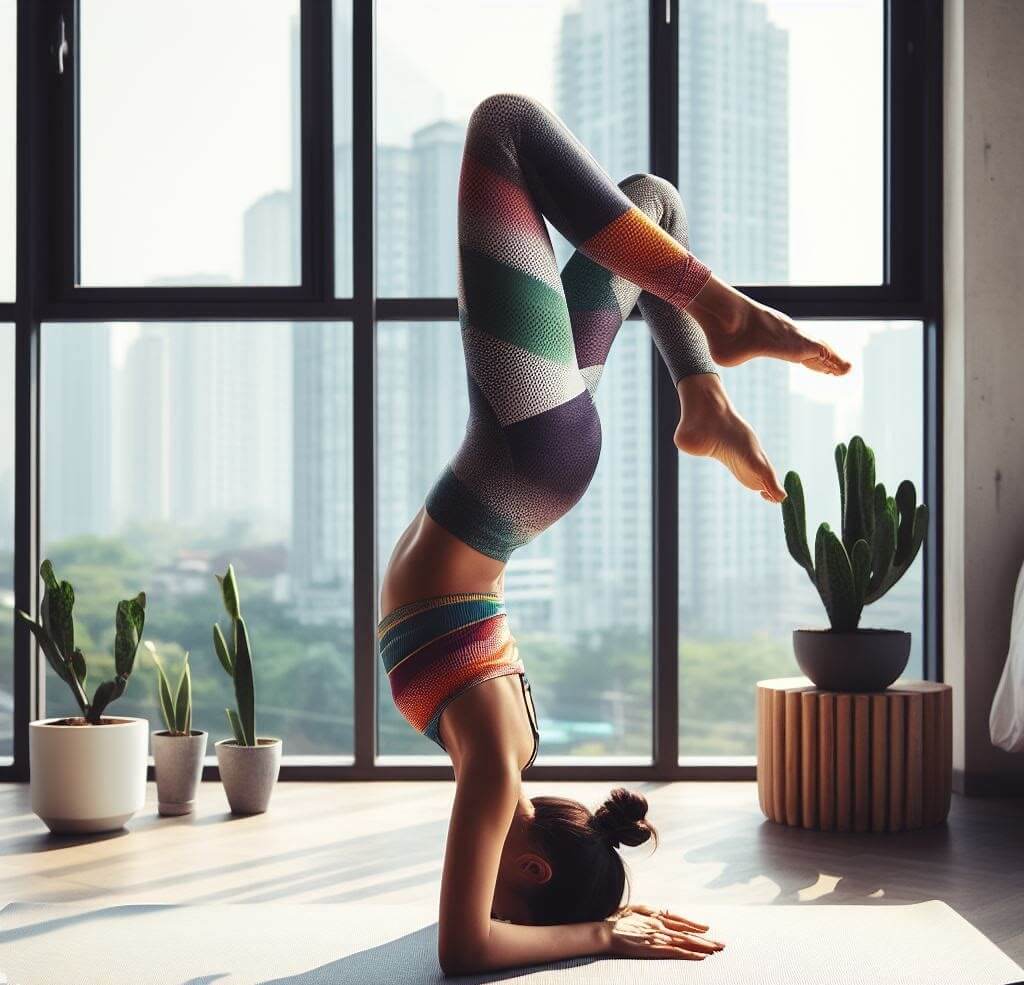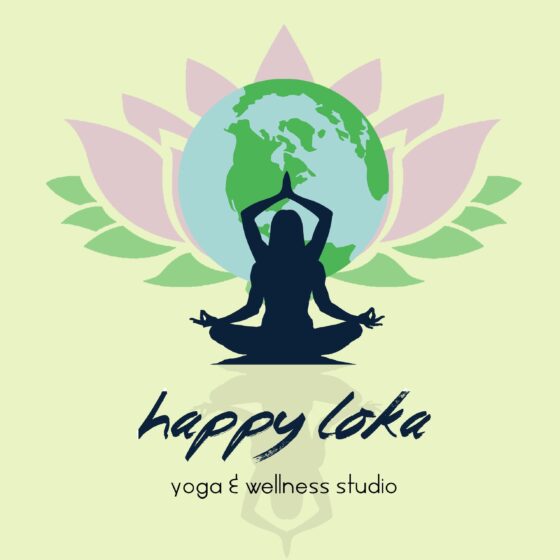Yoga combines history and philosophy to enhance physical, mental, and spiritual well-being. The history of yoga is ancient and mysterious, offering a glimpse into its development. While it’s hard to pinpoint the exact start of yoga, historical and archaeological findings hint at its origins in the Indian subcontinent.
One of the earliest signs of yoga dates back over 5,000 years in the Indus Valley Civilization. Seals from this era show people in yoga-like poses, indicating that yoga or something similar was part of their culture. However, the exact purpose of these practices in the Indus Valley remains a topic of debate.
As time passed, yoga took shape during the Vedic period, around 1500 BCE to 500 BCE. The Vedas, a set of texts, mentioned ritualistic and sacrificial practices associated with yoga. During this period, yoga was seen as a way to connect with the divine, helping individuals reach higher levels of consciousness through religious rituals and meditation.
The classical era of yoga, spanning from around 500 BCE to 800 CE, was a significant phase in its evolution. During this time, essential texts like the Bhagavad Gita and the Yoga Sutras of Patanjali came into existence. These texts laid down the groundwork for yoga, emphasizing ethical values, physical postures (asanas), breath control (pranayama), and meditation as tools for self-realization and spiritual enlightenment.
The Evolution of Yoga Philosophies
The development of yoga philosophies is like a mosaic of thoughts and spiritual exploration, giving us deep insights into human consciousness and self-discovery. Over the years, different schools of thought have emerged in the world of yoga, adding a variety of ideas to this ancient practice.
 The foundation of classical yoga philosophy can be traced back to Patanjali’s Yoga Sutras, which were written around the 2nd century CE. Patanjali provided a structured approach, outlining the Eight Limbs of yoga. These include ethical principles, physical postures (asanas), breath control (pranayama), and meditation. Classical yoga aims for self-realization, inner peace, and the mastery of one’s mind. It acts as a comprehensive guide for those seeking spiritual growth and self-awareness, offering a structured framework that encourages self-discipline and inner growth.
The foundation of classical yoga philosophy can be traced back to Patanjali’s Yoga Sutras, which were written around the 2nd century CE. Patanjali provided a structured approach, outlining the Eight Limbs of yoga. These include ethical principles, physical postures (asanas), breath control (pranayama), and meditation. Classical yoga aims for self-realization, inner peace, and the mastery of one’s mind. It acts as a comprehensive guide for those seeking spiritual growth and self-awareness, offering a structured framework that encourages self-discipline and inner growth.
Bhakti yoga is about devotion and focuses on unwavering love and devotion to a personal deity or higher power. Practitioners believe that surrendering to a divine entity can lead to spiritual enlightenment. This path involves singing hymns, reciting mantras, and nurturing a deep emotional connection with the chosen deity. Bhakti yoga places great emphasis on pure, unconditional love as the means to attain self-realization.
Jnana yoga, often known as the yoga of wisdom or knowledge, underscores self-inquiry and introspection. It encourages individuals to seek self-realization through understanding their true self and ultimate reality. This path involves deep contemplation, intellectual exploration, and the cultivation of discernment. Jnana yoga is particularly well-suited for those with an analytical and philosophical mindset, as it promotes intellectual exploration as a means to attain self-realization.
Karma yoga, the yoga of selfless action, stresses the importance of carrying out one’s duties and actions without being attached to the outcomes. This philosophy teaches that individuals can break free from the cycle of karma by engaging in actions that are devoid of desire and ego. It emphasizes serving others, contributing to the well-being of society, and acting with selflessness and responsibility.
Yoga in the Modern World
As yoga spread across the globe, it underwent significant transformations. In the modern world, yoga has become a versatile practice, appreciated for its physical and mental benefits. The harmonization of ancient philosophies with contemporary lifestyles has allowed yoga to evolve in diverse ways.
Hatha yoga, often referred to as the “yoga of balance,” forms the foundation of many contemporary yoga practices. It places a strong emphasis on physical postures, breath control, and meditation, providing a holistic approach to physical health and mental well-being. Hatha yoga classes typically involve a series of asanas (postures) that aim to improve flexibility, strength, and overall body awareness. Breath control, or pranayama, is integrated to cultivate mindfulness and harness the power of the breath. Hatha yoga is often seen as a gentle introduction to the world of yoga, making it accessible to individuals of varying fitness levels and age groups. The emphasis on alignment and relaxation in Hatha yoga makes it a popular choice for those seeking a balanced approach to physical fitness and stress relief.
Vinyasa and Power Yoga are dynamic and physically demanding styles that emphasize the fluid transition between asanas, synchronizing movement with the breath. Vinyasa is known for its creative sequencing and continuous flow, fostering an environment where practitioners can build strength, flexibility, and mental focus. Power Yoga, a derivative of Ashtanga yoga, incorporates vigorous movements and challenging poses, making it an excellent choice for those who prefer an intense and invigorating workout. Both Vinyasa and Power Yoga promote physical vitality and stamina, while also enhancing mental clarity and stress reduction. These styles have gained popularity for their ability to provide a balance between physical fitness and mindfulness, offering a comprehensive approach to well-being.
While yoga’s historical roots lie in meditation, in the modern world, the integration of mindfulness and meditation practices has become increasingly prominent. These techniques borrow from traditional yoga philosophy and blend them with contemporary psychological approaches to manage stress, alleviate anxiety, and promote emotional well-being. Mindfulness practices involve paying focused attention to the present moment, fostering self-awareness and the ability to respond to life’s challenges with equanimity. Meditation, on the other hand, encourages individuals to explore the depths of their consciousness, promoting inner peace, emotional resilience, and self-discovery. The integration of mindfulness and meditation into yoga has turned it into a potent tool for achieving mental clarity, emotional balance, and overall psychological well-being.
